The name itself may sound deceptive, but artificial narrow intelligence is a lot more commonplace than you may think. In reality, most of the AI we’re used to using today is considered narrow, or weak, AI, but that doesn’t mean these systems aren’t powerful.
Narrow AI can still perform repetitive tasks and solve complex problems with a high degree of accuracy. However, the term simply means that the majority of the AI we use today isn’t yet capable of learning new tasks outside of what it was programmed for. As an example, the AI that powers a customer service chatbot can’t be used to drive a smart car.
This blog post will dive deeper into artificial narrow intelligence so that you can better understand the term, how it works, its benefits and drawbacks, and some real-world examples of how it’s applied.
What Is Artificial Narrow Intelligence (ANI)?
Also referred to as weak AI or narrow AI, artificial narrow intelligence is a goal-oriented type of AI that is designed to solve specific problems and perform focus tasks. Narrow AI typically doesn’t self-expand and is limited to a certain set of functionalities. Think of systems like chatbots, which are designed to only perform certain functions like answering basic questions.
Narrow AI vs General AI: What’s the difference?
Since narrow AI is focused on limited tasks, it doesn’t exactly replicate human intelligence, which is why it’s called “weak.” With artificial general intelligence (AGI), systems are built to reproduce human-like intelligence and abilities, setting them apart from weak AI systems. By design, AGI learns and applies knowledge it picks up to different tasks like a human brain would, while artificial narrow intelligence can’t perform tasks outside its range of functions.
As a result, narrow AI can often outperform AGI systems. These systems require less data processing time and resources so they can work around the clock on repetitive tasks.
Different Types of Artificial Narrow Intelligence
There are two possibilities for how narrow AI is formatted: reactive, and with limited memory. Here’s a closer look at what that means:
- Reactive AI: When narrow AI is reactive, it doesn’t have any way to store data or memory to learn from. Reactive AI systems will react to a prompt based on the way the system is programmed without relying on previous experiences to enhance outputs.
- Limited memory AI: This type of narrow AI has more memory and data storage options, which can lead to more precise outputs. Limited memory systems can use statistical and historical data to improve outputs based on the way the system is trained, providing more accurate results.
How Does Artificial Narrow Intelligence Work?

Narrow AI works by honing in on specific knowledge rather than mimicking general human intelligence. Because of this, narrow AI systems don’t need to absorb unrelated knowledge to enhance their capabilities, though it does rely on data and different techniques to improve performance. Here’s a closer look at what goes into artificial narrow intelligence:
Data-driven training
AI is “fed” large datasets related to its task. For example, a virtual assistant will be trained on data related to ai speech recognition, such as hours of recorded conversations. Based on this data, certain rules are established that allow the AI to handle its intended task.
Machine Learning
Machine learning (ML) techniques are used to train narrow AI systems on vast datasets that help the AI understand and adapt to different scenarios over time. With ML, narrow AI can recognize patterns and make predictions more accurately.
Natural Language Processing (NLP)
Narrow AI systems are often trained using natural language processing, which is what allows a system to understand and interpret human speech. Take Siri for example, which is a type of narrow AI that can answer questions and complete tasks based on human speech. By training these systems using NLP, they can better understand what humans are saying in context.
5 Narrow AI Real-World Examples
A lot of your favorite AI tools are prime examples of narrow AI. This technology is making our day-to-day easier by helping us with quick answers, smart actions, and taking care of manual tasks. Here’s a look at some narrow AI examples you might recognize:
1. Voice Assistants
That’s right, the AI-powered voice assistants you know and love like Siri and Alexa are great examples of narrow AI. These voice assistants are trained to respond to our voices and deliver a result, but they can’t learn to complete tasks outside their abilities.
2. Chatbots
If you’ve found yourself using a company’s chatbot as the first point of customer service, that’s another example of narrow AI in action. Chatbots can be the first point of contact for many customers and help answer immediate questions, open tickets, and route people to the right agents.
3. Recommendation Systems
If you’ve bought anything from Amazon, you’ll likely recall seeing recommended items from the e-commerce giant alongside your order. Platforms like Netflix and Spotify do this too, using AI to recommend items or media users are likely to find helpful.
4. Speech and Image Recognition
Narrow AI has a big impact on how technology can recognize speech and images. This technology can identify patterns in images and speech to power applications like Google Translate.
5. Autonomous Vehicles
It may seem like a self-driving vehicle would be considered “smart,” by in the strict sense of the definition, they’re a prime example of weak AI. Self-driving cars are trained to complete driving actions like a human driver would, like accelerating, braking, or detecting a road hazard.
What Are the Advantages of Narrow Artificial Intelligence?
There are a lot of different ways narrow AI is beneficial to us in our personal lives and in professional settings. Some of the main advantages of ANI include:
- Quick and informed decision-making: Narrow AI can help people make quick data-driven decisions by processing information much quicker than the human brain, with narrow AI systems like IBM’s Watson helping professionals make important decisions in fields like healthcare and software development
- Availability: Narrow AI can operate 24/7 to offer constant service, making it essential in fields like customer service where teams aren’t available around the clock
- Increase efficiency: Repetitive and manual tasks can be automated using narrow AI platforms, freeing up more time for creative endeavours and more complex problem-solving
- Reduces human error: Humans are more likely to make errors than trained AI systems, so using narrow AI for important work tasks can reduce the opportunities for mistakes
- Improved safety: Some industries rely on narrow AI systems like robotics to automate tasks, making it safer for employees by limiting the physical tasks they’re exposed to
What Are the Challenges of Narrow AI?
Narrow AI can undeniably be a useful tool for many different scenarios, but that doesn’t mean it’s without its challenges. Below, we’ll look at some of the common challenges it’s important to be aware of when using narrow AI.
- Lacks human intelligence: Narrow AI isn’t meant to mimic human intelligence but its role is to execute specific tasks, so these systems lack skills like reasoning and empathy, which places limits on understanding context and nuance
- Dependent on data: For narrow AI platforms to deliver accurate results, the data feeding them needs to be high quality and relevant, and when access to this level of training data isn’t available, it can lead to inaccuracies
- Limited understanding: While they can perform tasks on demand, narrow AI don’t fully understand the tasks they’re completing, they’re just reacting to prompts and how they’re trained, which in practice could lead to misinformation
- Data security concerns: Any time technology platforms handle sensitive data, security and privacy become a top priority, and with narrow, AI, it’s essential for teams to put security standards in place to mitigate data-related risks
- Biased data and results: AI systems don’t have “common sense” like humans do and are often prone to bias, providing inaccurate results with seemingly no explanation, but if the data they’re trained on isn’t reliable, then data bias can arise
Who Uses Narrow AI?
Virtual assistants are used by millions of people worldwide, with 157 million users expected by 2026 in the US alone. While asking Siri for a weather report is part of our normal routine, narrow AI platforms have a lot of different applications in multiple industries. Here’s a look at some industries using narrow AI:
- Healthcare: Assists with diagnostics, medical imaging analysis, patient data collection, and personalized care
- Finance: Powers fraud detection, credit scoring, algorithmic trading, and risk management
- Manufacturing: Optimizes production lines, quality control, predictive maintenance, frontline operations automation
- Transportation: Supports navigation systems, route optimization, and autonomous delivery vehicles
- Education: Improves learning through adaptive platforms, tailored education content, and automated grading
Improving Essential Operations with Narrow AI Technologies
Narrow AI is empowering organizations of all kinds to enhance operations with smart workflows, automations, and better service. For example, aiOla’s speech AI technology is helping frontline workers reduce manual tasks, speed up inspections, collect essential data, and work more safely by cutting down on physical operations. That’s all done just by harnessing the power of speech and turning it into action. With narrow AI technologies becoming more commonplace, businesses need to evolve to integrate these systems into their workflows to stay competitive and grow to meet customer demands.
Book a demo with one of our experts today to learn more about how aiOla can help organizations improve operations.


